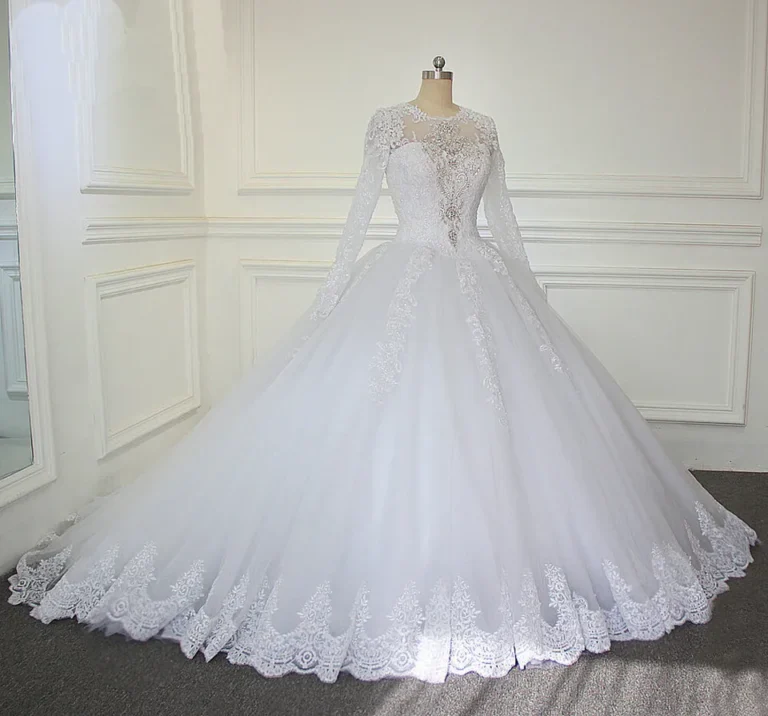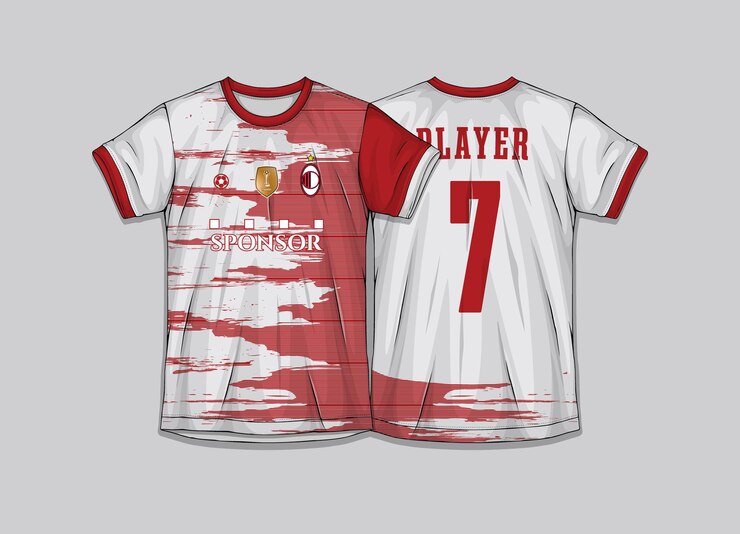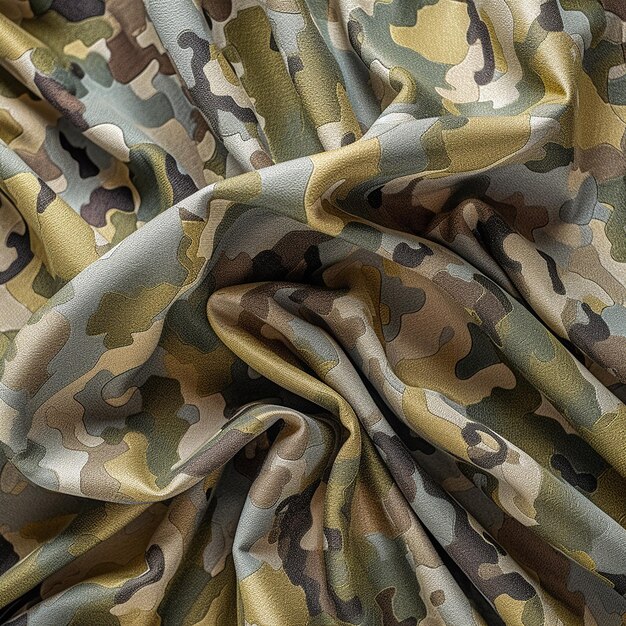Innovative Custom T-Shirt Design Techniques Everyone Should Know
Modern Custom T-Shirt Techniques
Custom t-shirt design has evolved significantly over the years. From traditional methods like screen printing to innovative techniques such as Direct-to-Film (DTF) printing, the options are plentiful and continue to expand. One of the most noteworthy methods gaining traction today is DTF. DTF gang sheets are prevalent due to their efficiency and versatility in producing detailed, vibrant designs. This method allows multiple designs to be printed simultaneously on one film, reducing costs and time while maintaining high quality.
Whether starting a t-shirt business or simply looking to create custom apparel for personal use, understanding these modern techniques can be crucial for success. Resources provide valuable insights into navigating this creative field. By exploring these resources, you can gain a deeper understanding of the various methods available and make informed decisions about which techniques to employ for your specific needs.
Benefits of DTF Printing
DTF printing offers numerous advantages, making it stand out among other t-shirt design techniques. One of the primary benefits is the vibrant and durable colors it produces. Unlike some traditional methods, DTF can handle a wide array of hues without compromising the quality of the print. This versatility is particularly beneficial for designs that require a full spectrum of colors, such as detailed logos or photographic images.
Additionally, DTF printing is adaptable to various materials, making it an ideal choice for diverse projects. It works well on fabrics like cotton, polyester, and blends, ensuring that the print adheres smoothly and remains resilient over time. This adaptability allows designers to experiment with different textiles and find the best match for their vision.
According to industry experts, the future of garment printing is leaning heavily toward DTF technology due to its cost-effectiveness and efficiency. Traditional methods often require costly setup fees and extensive labor, whereas DTF streamlines the process, reducing operational costs. This makes it a desirable option for small business owners and hobbyists looking to create high-quality custom apparel without breaking the bank.
Exploring Design Methods
Screen Printing
Screen printing is one of the oldest and most common t-shirt design methods. It is particularly well-suited for bulk orders with fewer colors, as it involves creating a separate screen for each color in the design. This method is known for its durability and high-quality output. Additionally, screen printing produces vibrant and long-lasting prints that withstand multiple washes, making it a preferred choice for promotional merchandise and sports team uniforms.
Heat Transfer
Heat transfer printing allows for more complex designs and is advantageous for smaller batches. This method uses heat to transfer a design from a special paper to the fabric, offering flexibility and ease of use. It’s ideal for intricate images and prints that require multiple colors. Heat transfer is also beneficial for on-demand printing, allowing customized designs to be created quickly and efficiently. Despite its advantages, it’s essential to use high-quality transfer paper and inks to ensure the longevity and durability of the print.
Direct-to-Garment (DTG)
Direct-to-garment (DTG) printing is gaining popularity for its ability to produce highly detailed designs. Unlike screen printing, DTG involves spraying ink directly onto the garment, making it suitable for small runs and intricate designs. This method often produces a softer feel to the printed area than other techniques. DTG is particularly effective for creating custom t-shirts with unique patterns or personalized messages. However, it typically requires pre-treatment of the fabric to achieve the best results, which can add to the production time and cost.
Tips for Choosing the Best Designs and Materials
Selecting the right design and material is crucial for a successful t-shirt project. Here are some tips to guide you:
- Know Your Audience: How your target audience’s style and material preferences can significantly impact your target audience, how your custom t-shirts are about their preferences, and hold focus groups or surveys. Then, use the information to guide your design decisions.
- Test Different Materials: Trying samples of different fabrics, such as cotton, polyester, and blends, will help you determine which works best with your chosen design method. Each material has unique properties that can affect the final print, such as texture, absorbency, and stretchability. You can find the best match for your project’s requirements by testing different options.
- Focus on Quality: Always use high-quality fabrics and inks to ensure a durable and attractive end product. Invest in reputable suppliers and manufacturers who can provide consistent quality. Additionally, pay attention to the details of the print, such as color accuracy and alignment, to achieve a professional finish.
- Stay Updated: Stay current with the latest trends in the custom t-shirt industry to offer in-demand designs. Follow industry blogs, attend trade shows, and network with other designers to stay informed about new techniques and materials. Staying ahead of the curve can give you a competitive edge and help you meet your customers’ evolving needs.
Frequently Asked Questions
Q: What is the most durable t-shirt printing method?
A: DTF printing is an excellent option for long-lasting designs because of its reputation for strength and brilliant color. DTF technology produces prints resistant to fading, cracking, and peeling, so they maintain their excellent appearance even after multiple washings. Because of its strength, DTF is the best material for creating custom t-shirts that must endure frequent abrasions.
Q: Can I mix different printing methods on one t-shirt?
A: Many designers combine screen printing and heat transfer techniques to create unique designs. This practice allows for the strengths of each method to be utilized, resulting in a more complex and aesthetically pleasing product. For example, you might use screen printing for bold, block colors and heat transfer for intricate details or photographic images. Combining methods can add depth and dimension to your designs, making them stand out in a crowded marketplace.
Q: How can I ensure the best quality for my custom t-shirts?
- A: Your custom t-shirts will be of the highest caliber if you use premium materials and inks and keep up with market developments and industry best practices. Experimenting with various techniques and materials can facilitate finding the ideal combination for your needs. Working with experienced printers and designers can also provide valuable insights and expertise, helping you achieve professional results. Regularly reviewing customer feedback and making improvements based on their input can also enhance the quality and appeal of your custom t-shirts.







